The Power of Mere Exposure: Understanding Preferences and Decision-Making
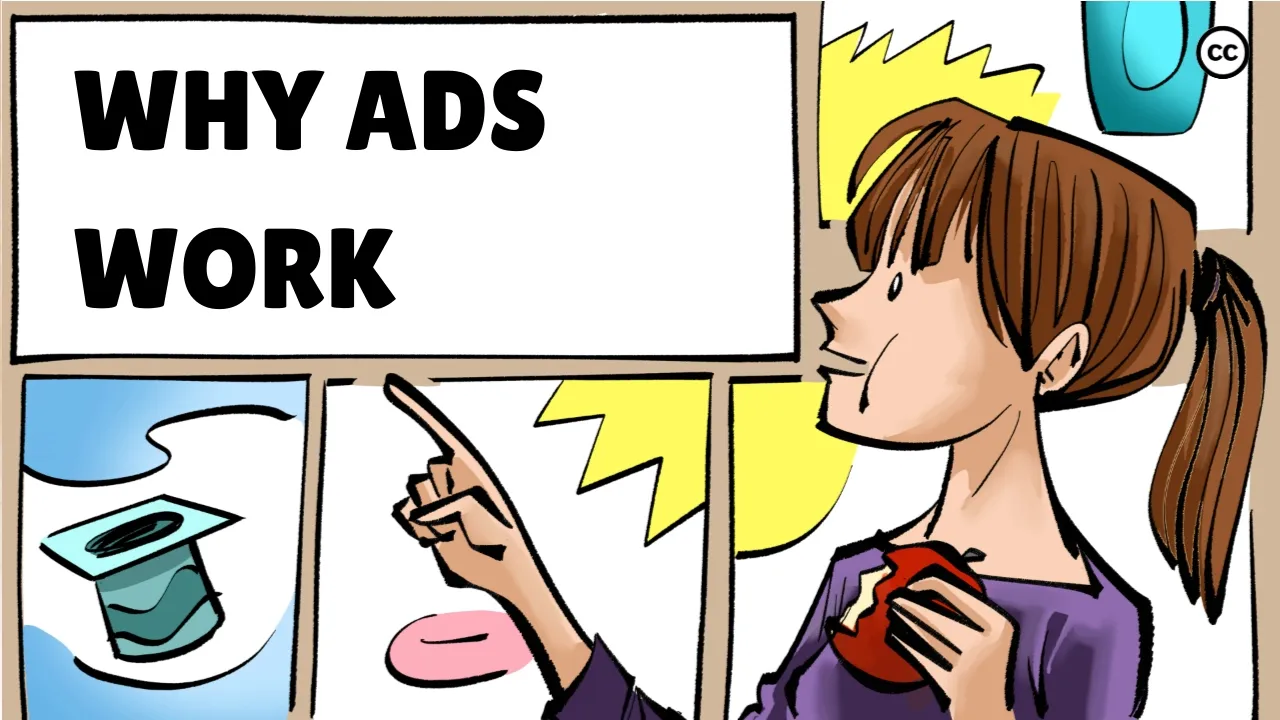
The mere exposure effect is a fascinating psychological phenomenon that reveals how our preferences can be shaped by mere familiarity. This effect occurs when repeated exposure to a stimulus leads to a greater liking for that stimulus. From the music we enjoy to the brands we prefer, understanding this effect can provide valuable insights into consumer behavior and marketing strategies.
The Power of Mere Exposure
At its core, the mere exposure effect suggests that the more we encounter something, the more we tend to like it. This principle applies to various aspects of life, including pop songs, products, and even people. Interestingly, if we initially dislike something, repeated exposure may intensify that aversion. The effect can be visualized on a graph, where preferences increase with the number of exposures, peaking after about 15 repetitions. However, excessive exposure can lead to annoyance, and it can exacerbate negative feelings towards stimuli we already dislike.
Mere Exposure Effect Unveiled
Two primary explanations underpin the mere exposure effect. The first is rooted in the concept of certainty. Our minds have evolved to favor familiar stimuli, as familiarity often equates to safety. When we encounter something repeatedly without negative consequences, we are led to perceive it as safe. The second explanation is perceptual fluency, which posits that we are hardwired to prefer simple stimuli that require less cognitive effort. Engaging with new, complex stimuli can be mentally taxing, so we are inclined to gravitate towards familiar options that are easier to process.
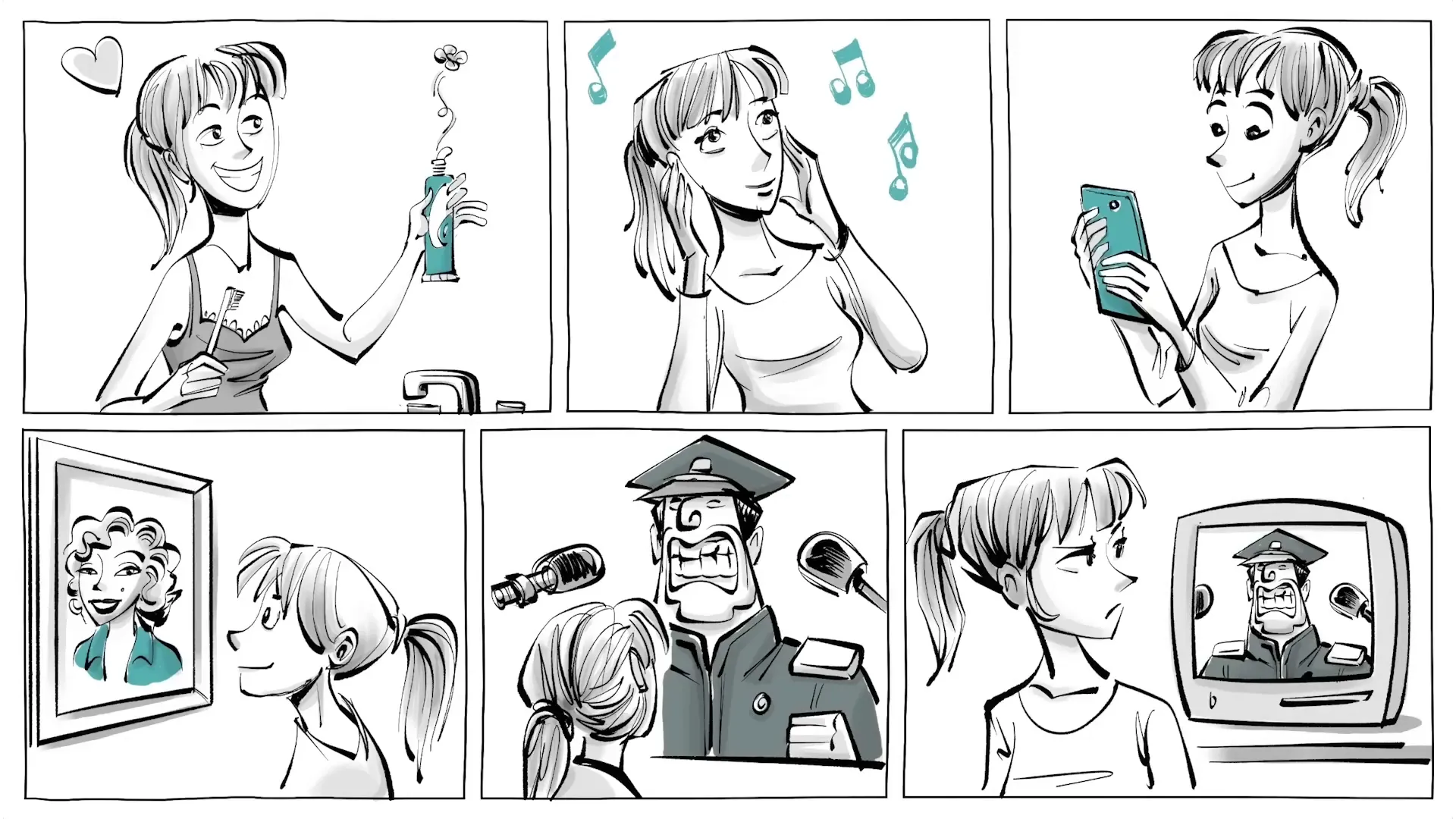
Two Main Explanations
- Certainty: We prefer familiar things because they provide a sense of safety. Our cognitive system learns to be cautious around new stimuli that could pose risks. Thus, repeated exposure without adverse outcomes fosters a belief in the safety of the familiar.
- Perceptual Fluency: Simplicity is appealing. We naturally lean towards stimuli that are easy to process, avoiding hard cognitive tasks that require significant mental effort.
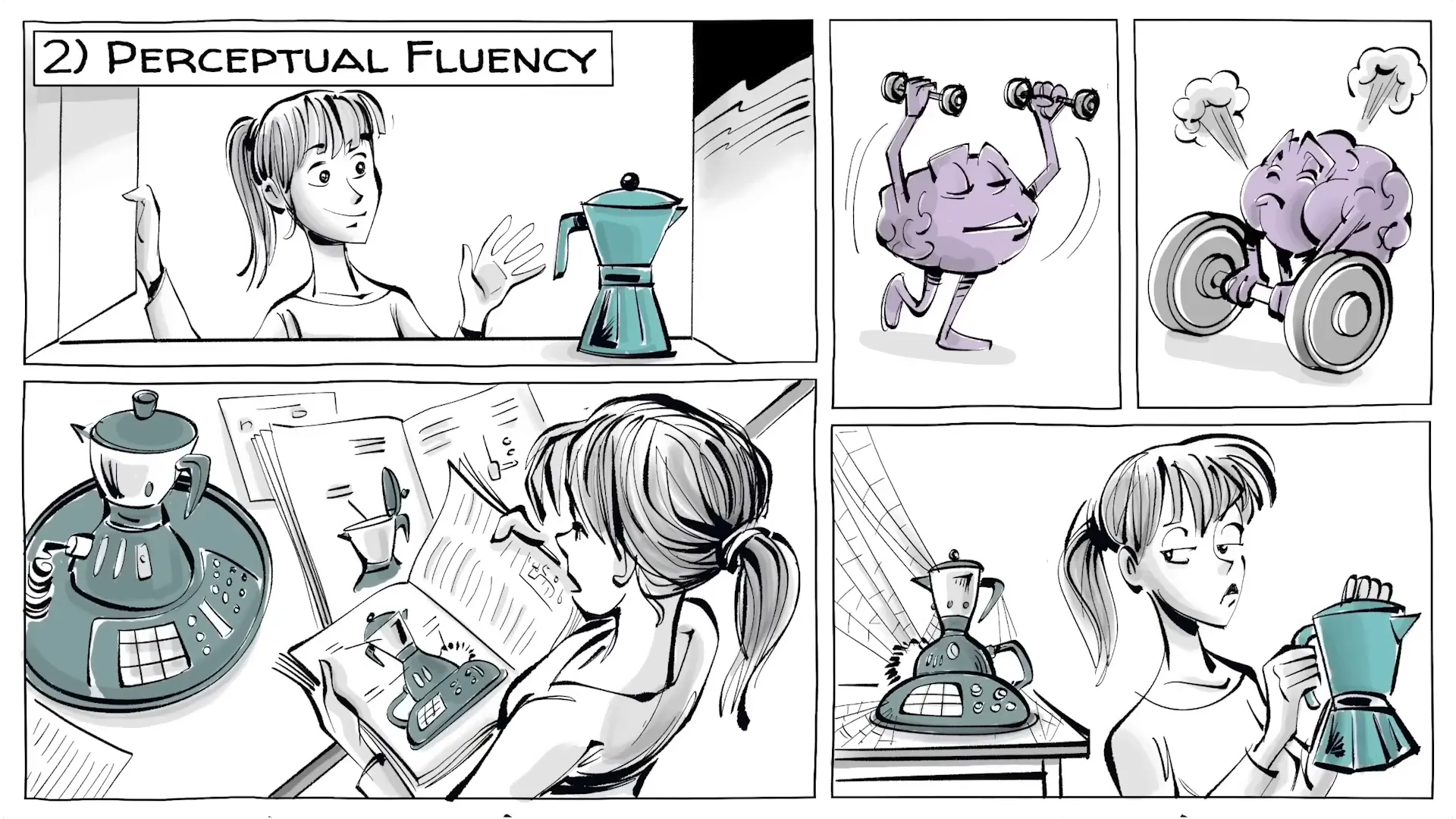
The Discoverer of the Effect
Psychologist Robert Zajonc is credited with discovering the mere exposure effect. He observed that organisms exposed to new stimuli initially experience fear, but with repeated exposure, this fear diminishes, replaced by increased interest. As familiarity grows, observers begin to respond positively to what was once novel.
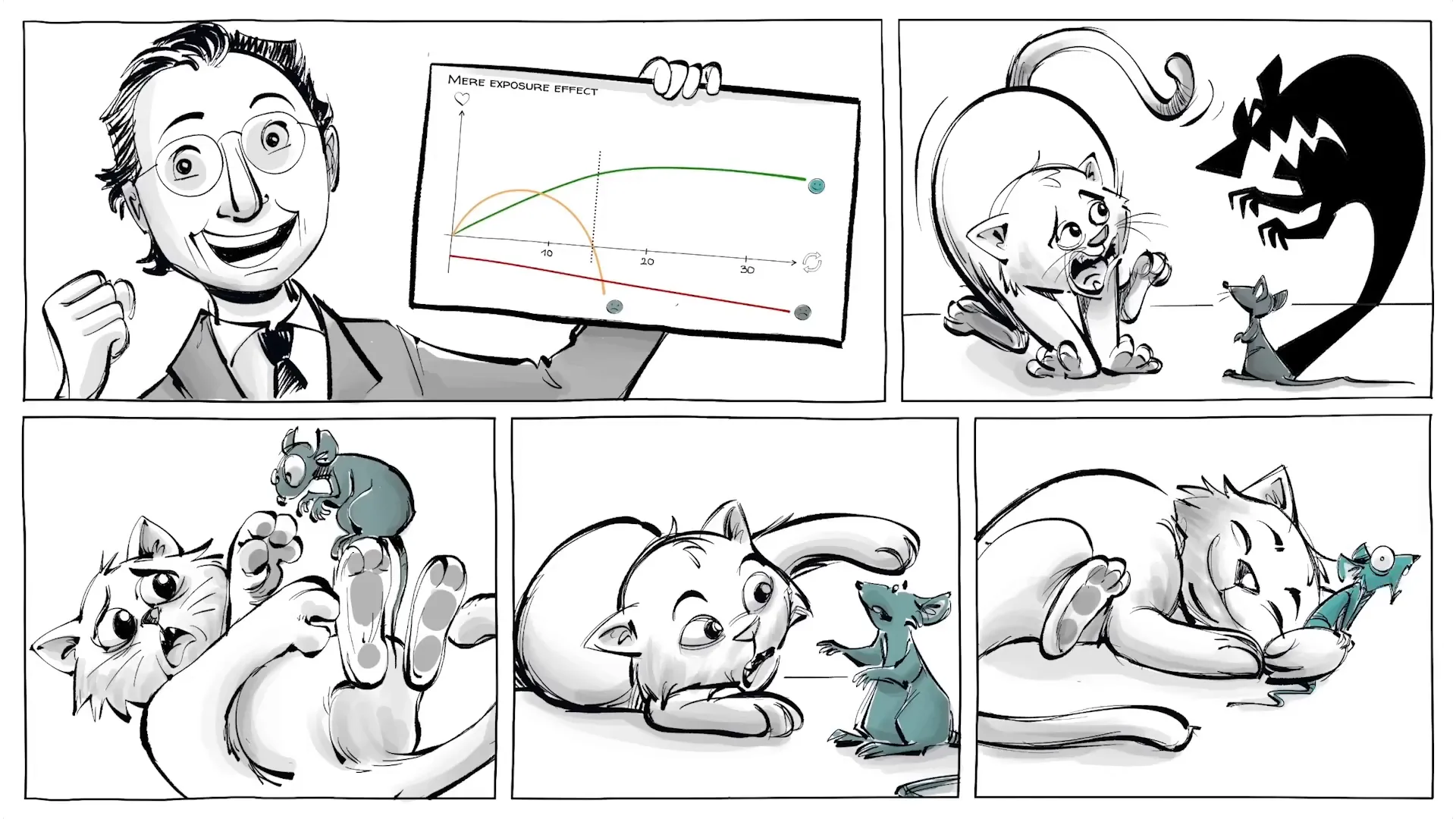
Zajonc’s Experiment
Zajonc conducted experiments to explore this phenomenon further. In one notable study, participants were shown various symbols, including Chinese ideograms. After being exposed to these characters a different number of times, participants were asked to rate their preferences. Results showed that those exposed to certain symbols more frequently rated them more favorably.
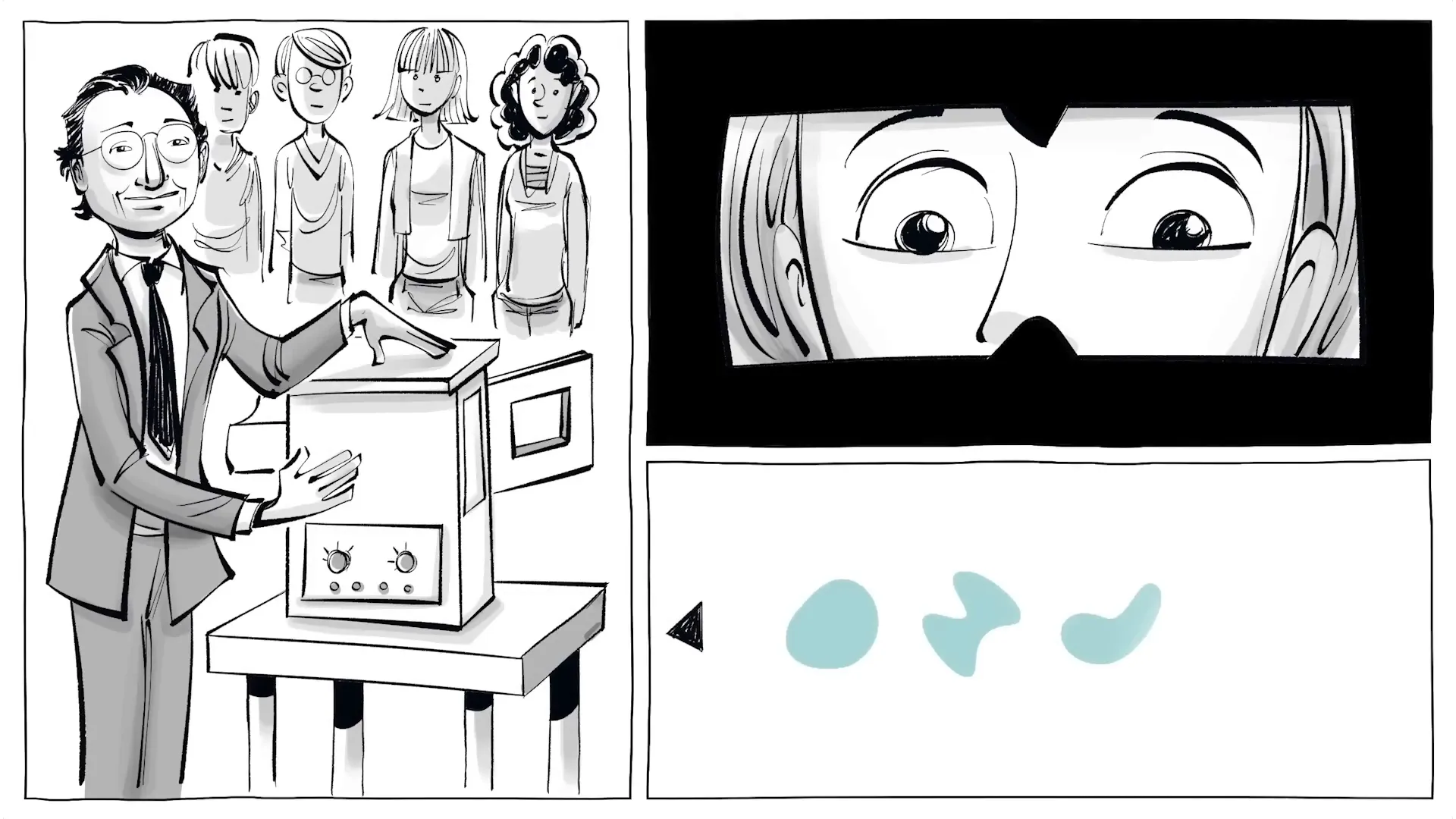
In another experiment, Zajonc used a tachistoscope to display a series of random shapes to participants at such a rapid pace that they couldn't consciously recognize which shapes were repeated. When later asked which shapes they preferred, participants consistently chose those they had been exposed to most often, even without conscious awareness of the repetitions. This validated Zajonc's hypothesis that preferences are influenced not by conscious evaluations but by the history of exposure alone.
Impact on Advertising
The implications of the mere exposure effect are significant for advertising and marketing. Zajonc's findings reached marketers in 1968, who recognized that exposure combined with positive stimuli could enhance the effect. The principle suggests that even fleeting encounters with ads can create a favorable disposition towards brands.
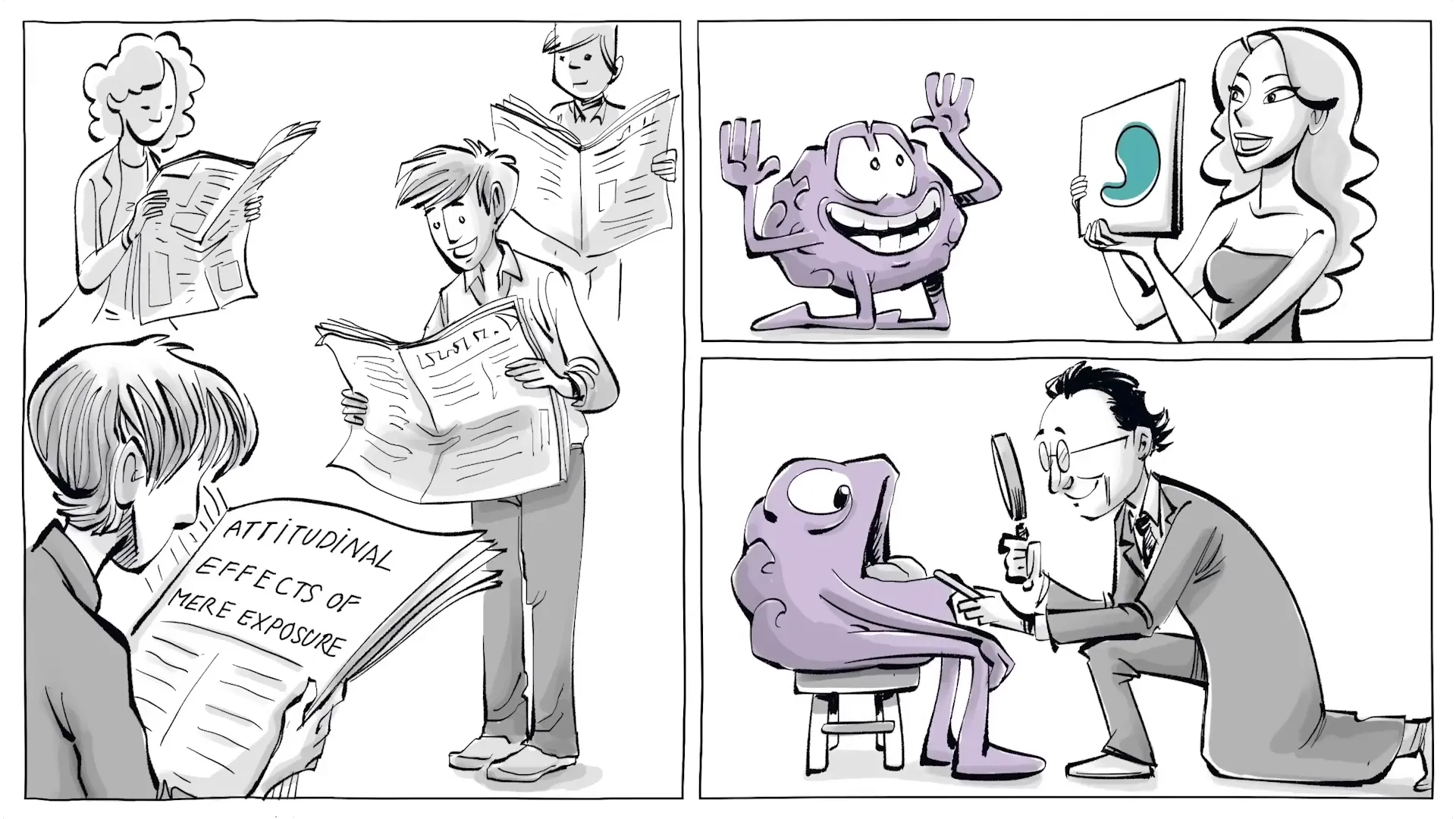
For marketers, understanding that familiarity breeds preference can shape advertising strategies. Brands that ensure consistent visibility can cultivate a sense of trust and familiarity among consumers. The more consumers are exposed to a brand, the more likely they are to choose it over unfamiliar options, even if they have not consciously engaged with the brand's messaging.
What Do You Think?
This raises intriguing questions about the nature of advertising. If mere exposure can lead us to develop preferences for products we might not have liked initially, should there be limits on public advertising? Banksy once said, "Any advert in a public space that gives you no choice whether you see it or not is yours." This statement challenges us to consider the ethics of advertising and the extent to which it influences our choices.
Conclusion
The mere exposure effect is a powerful tool in understanding human behavior and preferences. It reveals the subconscious ways in which familiarity shapes our choices, particularly in the realms of marketing and advertising. As we navigate a world filled with stimuli vying for our attention, recognizing the impact of mere exposure can help us make more informed decisions about the brands and products we choose to embrace.